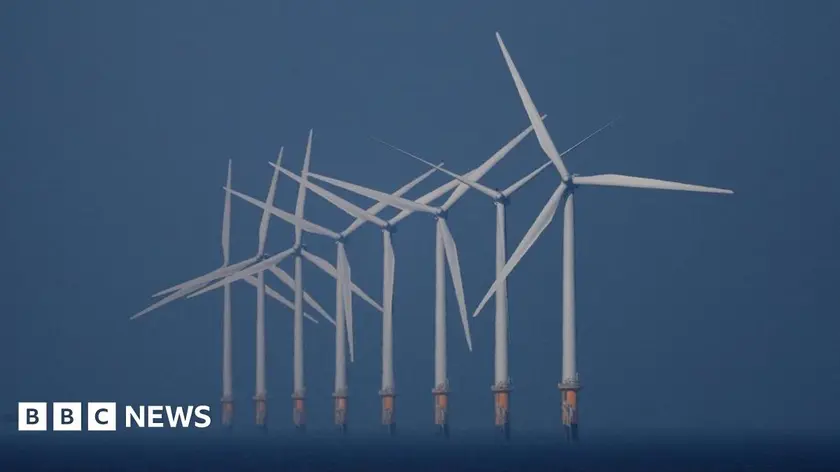T4K3.news
Wind curtailment costs rise
Scotland's wind farms are paid to stand down 37% of the first half of 2025 as grid constraints bite across Britain.

Wind farms in Scotland were paid to shut down for 37% of the first half of 2025 due to grid constraints, costing Britain billions in curtailment payments.
Scotland’s Wind Turbines Are Being Paid to Stand Still 37% of the Time
New data show wind turbine operators in Scotland were paid to switch off 37% of the time during January to June 2025. The off periods amounted to about 4 TWh of lost production because there was no demand or grid capacity to take the power.
Overall curtailment across Britain in the first half of 2025 was led by Scotland, which accounted for 86% of the total and represented a 15% increase from the first half of last year. Balancing costs for the 2024/25 fiscal year reached 2.7 billion pounds as grid operators tried to prevent overloading the network. The root cause is a constrained Scottish grid that cannot export power efficiently to demand centers in the south, a problem that would require large investments in new transmission lines and other infrastructure to resolve.
Key Takeaways
"Wind curtailment is currently a major driver of balancing costs"
NESO data cited on the impact of wind on grid balancing
"The north of Scotland is a grid bottleneck needing fast action"
Energy analyst commentary on infrastructure lag
"Payments to idle turbines feel like money wasted"
Consumer advocate on policy costs
The pattern exposes a stubborn grid bottleneck that undermines a smooth energy transition. The financial burden falls on taxpayers and consumers through balancing costs, even as wind capacity grows. Solving it will require fast infrastructure upgrades and cross‑border connections, not just more wind farms. Without decisive action, curtailment could become a recurring policy issue and a test of political will.
Highlights
- Curtailment costs are a grid problem, not a wind problem
- We need transmission lines that move power, not excuses
- Idle turbines paid to stop are dollars wasted
- The bottleneck in Scotland slows the whole system
Budget strain from wind curtailment payments
High curtailment levels drive large balancing payments and demand for grid upgrades. If costs escalate, consumer bills and political support for renewables could be affected.
The energy system will need clearer priorities between wind growth and grid upgrades to avoid repeating this cost.
Enjoyed this? Let your friends know!
Related News
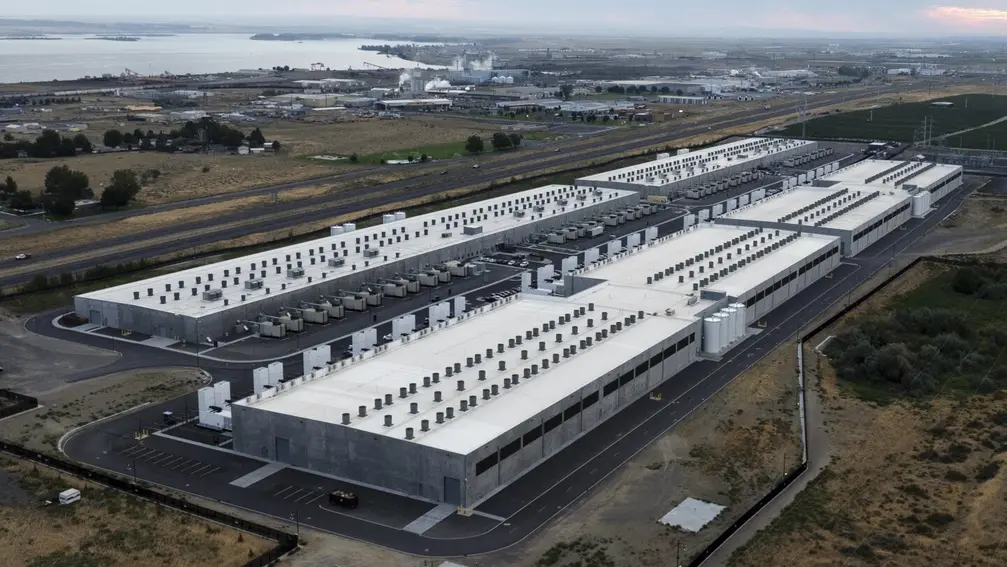
Trump public statement on energy costs

Electricity Rates Expected to Rise Significantly in Four States
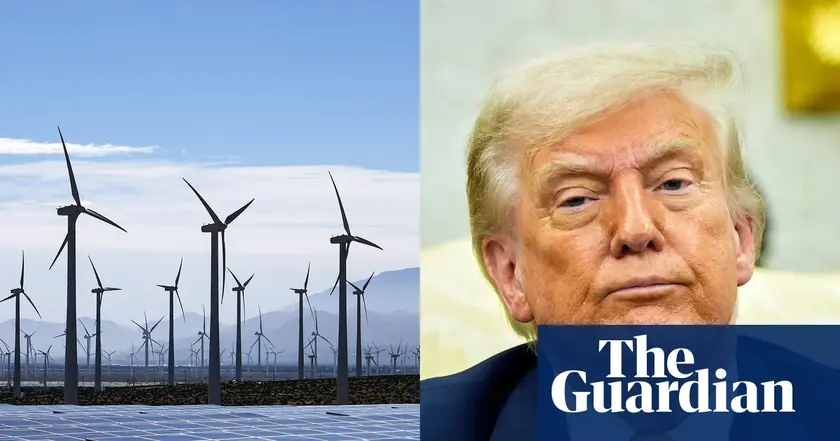
Trump continues anti-renewable stance in Scotland
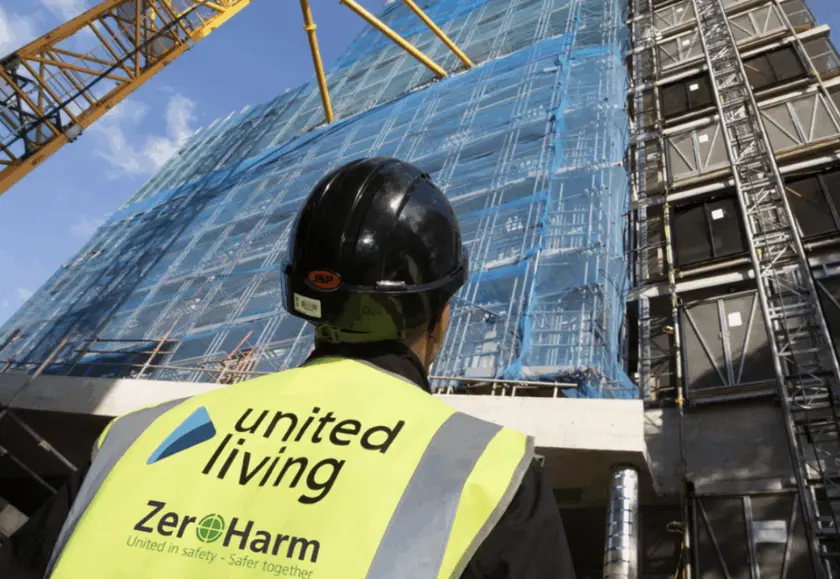
United Living restructures housing arm
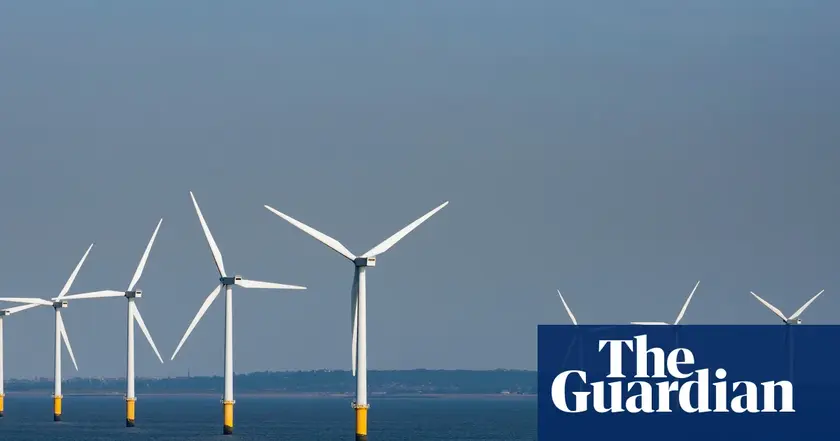
Ørsted raises 9bn cash call

UN chief announces shift towards renewable energy

EPA Plans to Revoke Greenhouse Gas Regulations
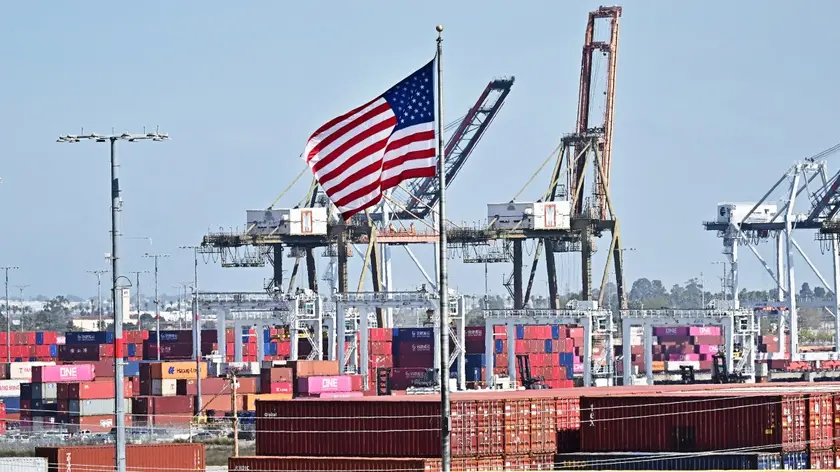
US tariffs on steel and aluminium hit UK manufacturers
